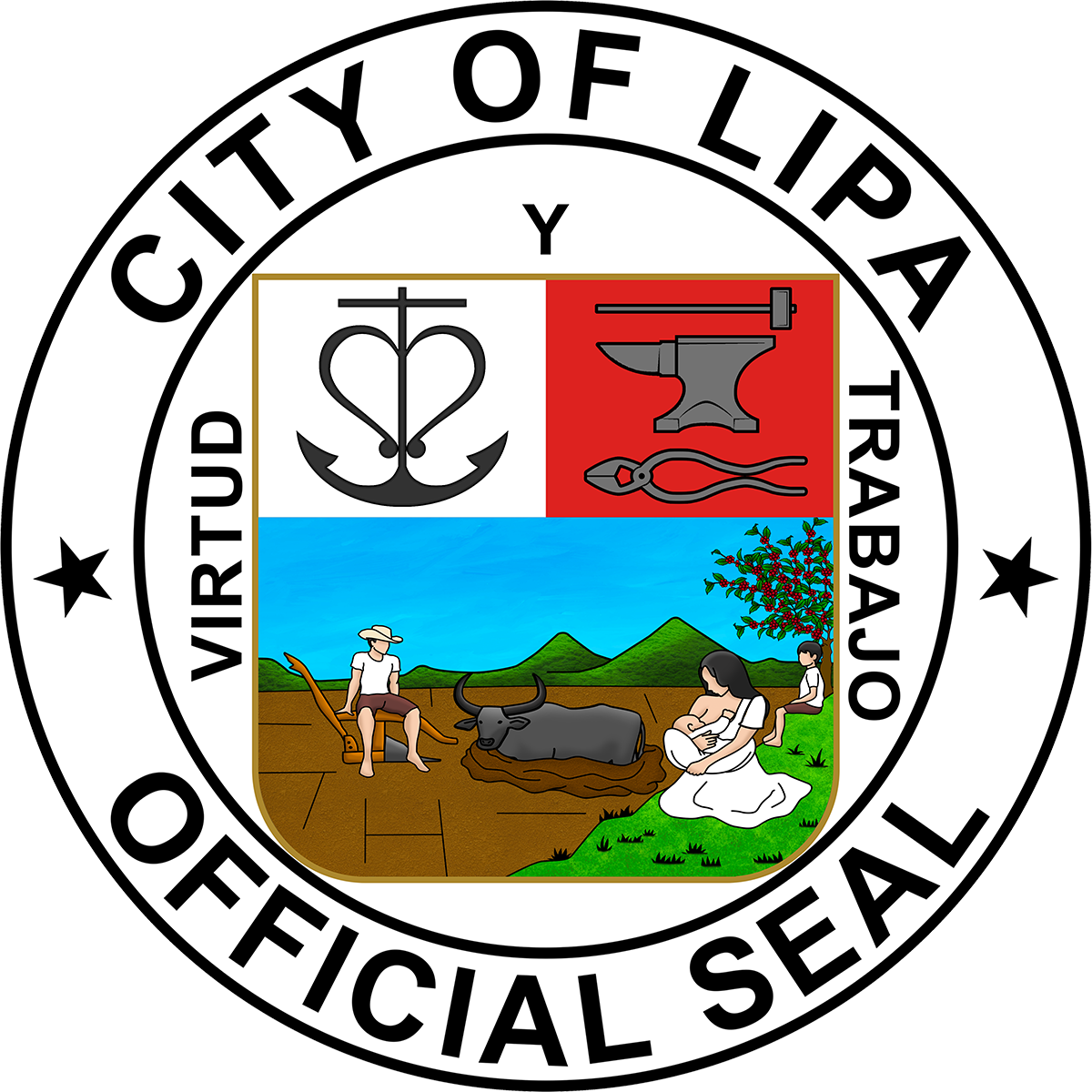
LIPA AGRICULTURE OVERVIEW
Agriculture remains vital to Lipa’s economy despite urbanization and industrialization. Its vast agricultural land of 2,595 hectares is rich in volcanic (clay loam) soil which makes it suitable for various crops intended for food, industrial/ commercial and other purposes.
Corn and high value vegetables (bitter gourd, eggplant, hot pepper, string beans and lady finger) production are two of the top agricultural activities in Lipa. Its total production area of 485. 35 hectares (2022) is distributed in different rural communities. Majority of these areas are found at the northern portion of the city including adjacent barangays of Marawoy, Dagatan, Inosluban and Lumbang.
Lipa also produces variety of fruits, spices, and root crops. As of 2022, there is a total of 2,110 hectares of land devoted to these crops. These are mostly found at the western and eastern portion of the city. Multi-cropping is predominantly practiced by farmers where fruit trees like rambutan, lanzones, cacao coffee (including the famous “ Kapeng Barako”), black pepper banana , root crops and other commodities are planted in between coconut.
Other than crops, the city is also engaged in apiary, poultry and livestock production as reflected by the growing backyard and commercial farms. On the other hand, fishing is considered minor agricultural activity with Halang as its only fishing ground.
Furthermore, there is a growing number of new agri-related businesses such as organic, mushroom and agri-tourism farms which proves that the industry is steadily booming.
The Lipa City Agriculturist Office (LCAgO) supports the growth and development of agriculture and fisheries. In partnership with the Department of Agriculture and other government and non-government organizations, it promotes agriculture as a viable industry through efficient and effective delivery of agricultural technologies and environment-friendly development programs ,projects and activities thus improving the economic standard of the poorest sector of society, the farmers and the fisherfolk. These includes the following:
- Provision of inputs to support agricultural production;
- Conduct of mitigating measures to control pest and diseases and establish early warning system for proper pest and diseases management.
- Strengthening of Farmer’s Associations, Federations, Rural Improvement Clubs, and other Rural based organizations;
- Conduct of on-farm demonstrations / trials and establishment techno-demo areas;
- Conduct agri-related trainings, seminars, and workshops.
- Provision of quality planting materials through the maintenance of plant nurseries.
- Provision of agricultural Infrastructure support, farm machineries and postharvest facilities to farmers.
- Provision of support for learning sites and agri-tourism farms; and
- Proper implementation of agricultural programs, projects, activities thru networking with other line government agencies, non-government agencies and other partner institutions.
Powered by SitesPhil


REPUBLIC OF THE PHILIPPINES
All content is in the public domain unless otherwise stated.
ABOUT GOVPH
Learn more about the Philippine government, its structure, how government works and the people behind it.
- GOV.PH
- Open Data Portal
- Official Gazette